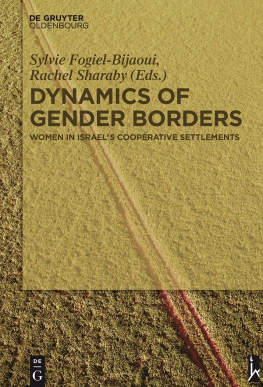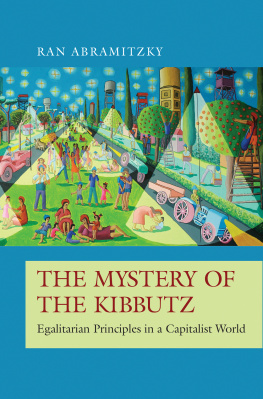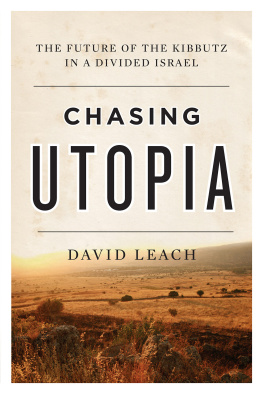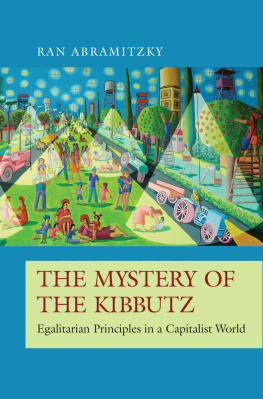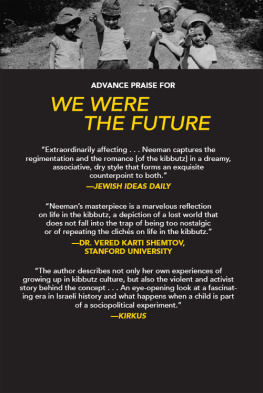Originally published in 1979 by Duke University Press. Material herein from Isaiah Berlin, Four Essays on Liberty, Oxford University Press, 1969.
Published 1996 by Transaction Publishers
Published 2017 by Routledge
2 Park Square, Milton Park, Abingdon, Oxon OX14 4RN
711 Third Avenue, New York, NY 10017, USA
Routledge is an imprint of the Taylor & Francis Group, an informa business
Copyright 1996 by Taylor & Francis.
All rights reserved. No part of this book may be reprinted or reproduced or utilised in any form or by any electronic, mechanical, or other means, now known or hereafter invented, including photocopying and recording, or in any information storage or retrieval system, without permission in writing from the publishers.
Notice:
Product or corporate names may be trademarks or registered trademarks, and are used only for identification and explanation without intent to infringe.
Library of Congress Catalog Number: 95-20370
Library of Congress Cataloging-in-Publication Data
Spiro, Melford E.
Gender and culture: kibbutz women revisited/Melford E. Spiro, with
a new introduction by the author.
p. cm.
Includes bibliographical references and index.
ISBN 978-1-56000-771-5 (pbk.: alk. paper)
1. Kibbutzim. 2. WomenIsrael. I. Title.
HX742.2.A3S64 1995
307.776082dc20 95-20370
CIP
ISBN 13: 978-1-56000-771-5 (pbk)
On the sociology of knowledge
Although first published in 1979, this study of women and gender in the Israeli kibbutz movement has the dubious distinction of having virtually never been cited or referenced in the veritable library of books, articles, collections, bibliographies, and review articles dealing with the comparative study of women and gender published since then. This distinction, however, is both unfortunate and anomalous.
It is unfortunate because the kibbutz story told here raises critical issues that are at the core of current debates regarding gender and gender differencestheir origin and development, their relationship to sex and sex differences, the relative importance of biological, cultural, and experiential determinants, and so forthbut since this story is unknown, it has not contributed to these debates.
This distinction is also anomalous because as a rare longitudinal studyit is based on historical documentation of some seventy years, and ethnographic observations extending over twenty-fiveits findings are arguably no less important, and their theoretical implications no less significant, than the findings of other comparative studies of women and gender that have become part of the scientific record. Moreover, that a somewhat earlier study of kibbutz women with virtually identical findings (Tiger and Shepher 1975) has had the same history as this one makes the anomaly all the more problematic.
Admittedly, this anomaly may be more apparent than real: many studies of potential theoretical significance are nevertheless ignored because their scholarship is defective. This, however, does not seem to be true of this study (nor that of Tiger and Shepher), for while most of the reviewers of this book were highly critical of its interpretations, none of them, however, challenged the accuracy of its findings. Moreover, although subsequent studies of kibbutz womenincluding those conducted by scholars affiliated with the kibbutz movement (e.g., Palgi et al. 1983)were equally critical of its interpretations, nevertheless they confirmed its findings. That being so, it would seem that the anomaly is not apparent, but real. How, then, is it to be explained?
In the light of the arguments raised by the critical reviewers, I would suggest that the explanation lies in the fact that the findings of this study (like those of Tiger and Shepher) constitute a direct, if implicit, challenge to some central assumptions of gender and women's studies, including: (a) gender and gender differences are culturally constructed; (b) the mother's tie to her child is cultural, not natural; (c) female liberation can be achieved just in case the family and child rearing are removed as a focus of women's interests; and (d) the abolition of sex-role differentiation is a necessary condition for sexual equality.
Since these assumptions are regarded as axiomatic, they have never been rigorously tested, not at least in my opinion, and except for some few dissident feminist theoristsfor example, Dinnerstein (1976), Elshtain (1974, 1981a, 1981b, 1984), Rossi (1977, 1978, 1984), and Sommers (1992, 1994)they have seldom been challenged. Although this study admittedly does not constitute such a testa single case does not have the power to do thatit does, however, constitute such a challenge. For it suggests pace these assumptions that (a) gender and gender differences may not be culturally determined; (b) the mother's tie to the child may not be culturally constructed; (c) female liberation may not require that the family and children be displaced as a focus of a woman's interests; and (d) sexual equality may be present, both normatively and actually, even though the social system includes sex-role differentiation.
Seeing that these tentative conclusions were generated by a quasi-experimental longitudinal design, employing naturally occurring eventshistorical and generational changeas its data base, then by the normative canons of scholarship it might have been expected that rather than ignoring the challenge posed by this study, this challenge would instead have been confronted, either by impugning the evidential relevance of its empirical findings, or by refuting the validity of its theoretical conclusions. Instead, by simply ignoring the existence of this study (and that of Tiger and Shepher), these findings and conclusions alike have been swept under the rug, thereby obviating the need to confront the challenge. In what follows, I wish to briefly summarize the dimensions of this challenge.
A comparison of the feminist ideology of the kibbutz pioneers and second wave feminist ideology
When, in 1951, I began my study of Kiryat Yedidim, a kibbutz (communal settlement, pl., kibbutzim ) in Northern Israel founded in 1921, the kibbutz movement, which originated in the second decade of this century, consisted of 194 kibbutzim, with a total adult population of 67,500. By 1975, the year of my restudy, the figures were 237 and 85,100, respectively, and during my last visit in 1994, they were 270 and 129,300 (Maron 1993:88).
The founders of Kiryat Yedidim, like those of virtually all other kibbutzim founded after World War I, were committed to a feminist ideology that combined elements both of "first wave" feminism (as it has come to be known), which originated some 100 years before the founding of the kibbutz movement, as well as elements of (what is now called) "second wave" feminism, which appeared only in the 1960s, some forty years after its founding. In accordance with first wave (alternatively, "mainstream" or "equity") feminism, one of the goals of these pioneers was the achievement of equity for women, a condition in which they would enjoy the same rights and opportunities (social, economic, political, and educational) as men. But like second wave (alternatively, "gender," or "gynocentric") feminism, these pioneers also had other goals, such as the destruction of "patriarchy" (of which more below) and the abolition of all social differences between the sexes, including (but not restricted to) sex-role differentiation.




